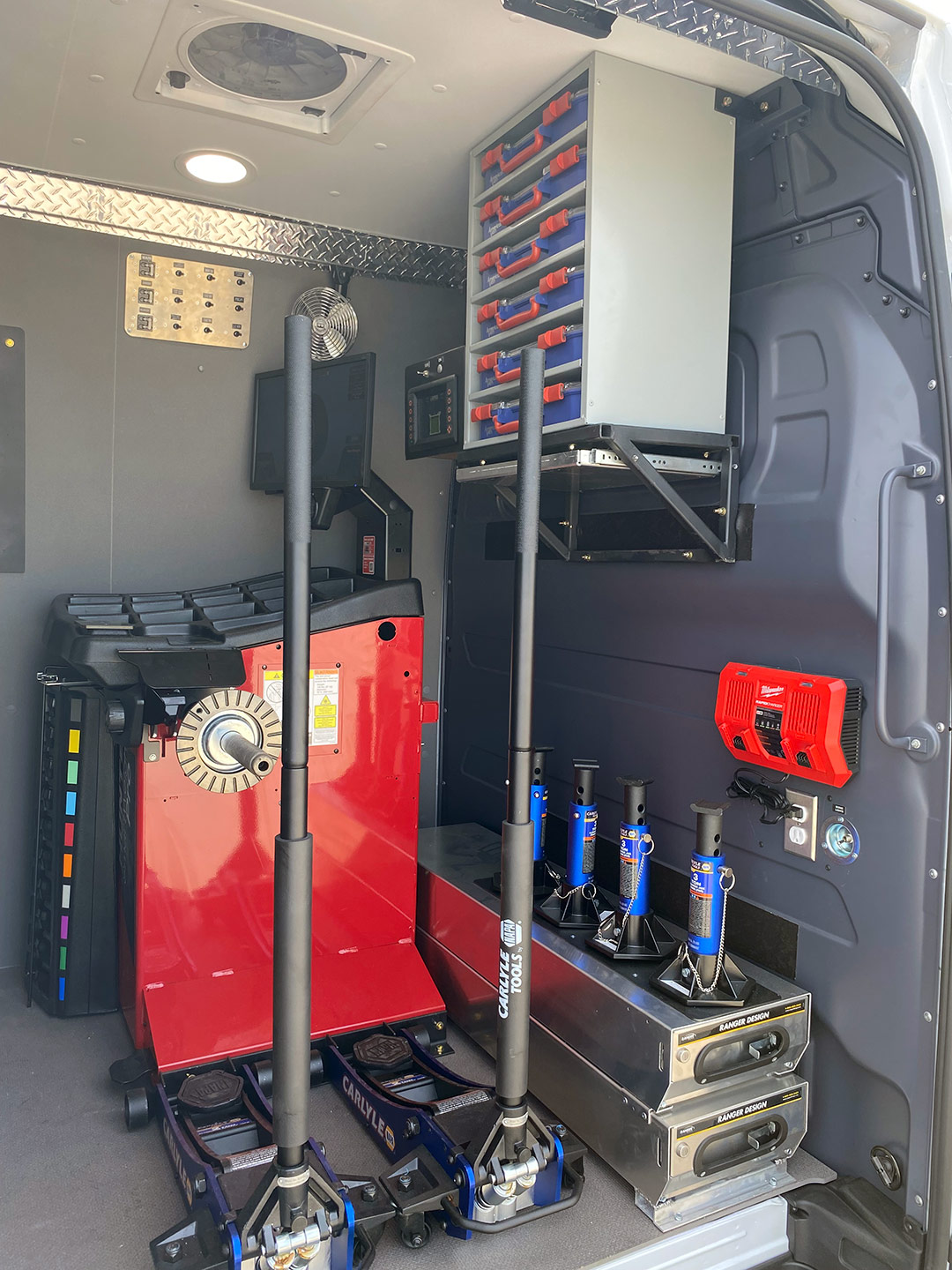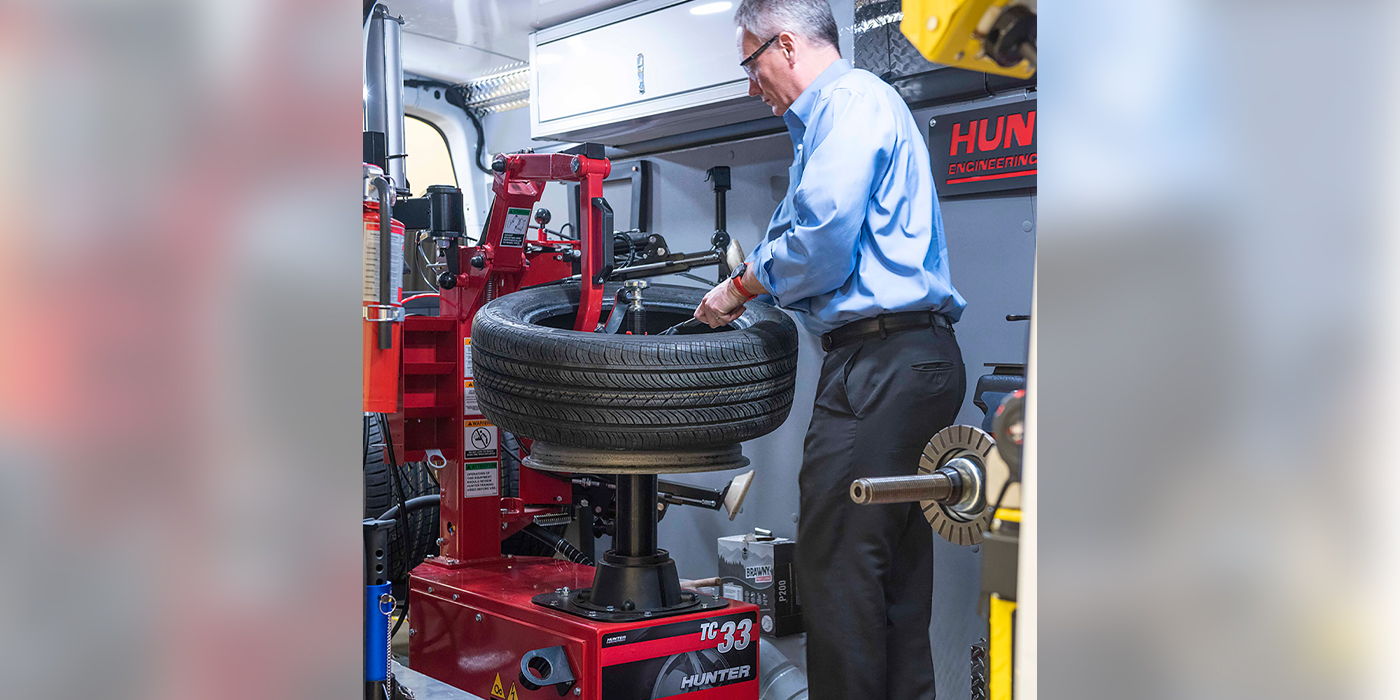Quick Action Mobile Tire Change Service in Las Vegas
Wiki Article
Tire Solution: Proven Methods for Optimal Tire Upkeep and Care
Keeping optimal tire problem is critical for both safety and performance of any kind of car. From ensuring appropriate tire pressure to routine turning and positioning, there are tried and tested methods that can substantially extend the life-span of your tires and improve total driving experience. As we discover the ins and outs of tire care and maintenance, we will certainly discover vital standards that every vehicle proprietor should stick to for the very best possible results. Allow's delve right into the globe of tire service and discover the keys to keeping your tires in excellent form for the long run.Significance of Tire Stress
Appropriate tire pressure is an important aspect in ensuring ideal vehicle efficiency and security on the roadway. Maintaining the recommended tire pressure levels offered by the maker uses various benefits. Appropriate tire pressure promotes much better gas performance, as under-inflated tires can lead to increased rolling resistance, creating the engine to function more challenging and eat more fuel. Correct tire stress guarantees even step wear, boosting tire longevity and saving money in the lengthy run by postponing the demand for early replacements. Additionally, properly blew up tires add to improved handling and stopping capacities, crucial for safe driving in numerous road problems. Over-inflated tires, on the various other hand, can lead to decreased grip and a harsher experience. Alternatively, under-inflated tires are vulnerable to getting too hot, which can bring about blowouts and mishaps. Regularly changing and inspecting tire stress, especially soon journeys, is a basic yet effective way to enhance lorry efficiency, extend tire life-span, and prioritize safety and security on the roadway.Tire Rotation Standards
When taking into consideration tire rotation standards, it is vital to recognize the importance of this maintenance task in optimizing tire life expectancy and maintaining optimum lorry efficiency. Tire turning entails altering the placement of each tire on an automobile to guarantee even tread wear. Front tires tend to wear quicker than back tires due to guiding forces, making regular rotation critical for balanced wear patterns. The recommended turning pattern differs depending on whether a car is front-wheel, rear-wheel, all-wheel, or 4x4. Usually, tires should be turned every 5,000 to 7,500 miles, or as suggested in the vehicle guidebook. Neglecting tire turning can lead to uneven wear, affecting handling, grip, and possibly compromising car safety and security. By adhering to appropriate turning guidelines, motorists can prolong the life of their tires, enhance gas performance, and boost total driving experience. Routine rotation is a straightforward yet effective upkeep technique that adds substantially to tire longevity and vehicle efficiency.
Benefits of Wheel Placement
Guaranteeing correct wheel positioning after tire turning is critical for maintaining well balanced wear patterns and making best use of vehicle performance. Wheel positioning refers to the adjustment of the angles of the wheels to the producer's requirements. Among the essential benefits of wheel positioning is enhanced taking care of and guiding reaction. When the wheels are properly straightened, it reduces steering initiative, ensuring a smoother and a lot more controlled driving experience. Additionally, proper wheel positioning assists best site to extend the life-span of your tires. Misaligned wheels can create unequal tire wear, causing premature tire replacement and enhanced maintenance expenses.

Tire Footstep Depth Check
Performing a normal inspection of tire walk deepness is essential for preserving safe driving problems and lengthening the life-span of your tires. The tread on your tires plays a vital duty in offering grip, particularly in wet or slippery problems. To check your tire tread deepness, you can make use of a walk depth gauge or the penny examination. The suggested step depth is at least 2/32 of an inch. If the step deepness is listed below this threshold, it is time to change your tires to ensure optimal efficiency and safety when driving. Irregular tread wear can show concerns with tire pressure, alignment, or suspension, highlighting the value of normal walk deepness checks. Ignoring to keep an eye on and maintain proper tread depth can cause decreased hold, longer stopping ranges, and a raised risk of hydroplaning. By integrating tire walk deepness explore your routine upkeep schedule, you can drive with confidence recognizing that your tires are in leading problem.
Seasonal Tire Inspection
A comprehensive evaluation of tire condition tailored to details climate condition is important for preserving ideal efficiency and safety throughout the year. Seasonal tire assessment is an essential facet of tire upkeep that makes certain tires prepare to deal with the obstacles posed by different weather condition problems. In prep work for winter months, it is vital to check the tire stress on a regular basis as cold temperatures can create tire pressure to go down. Checking tire step deepness is additionally vital to guarantee ample grip on snow and frozen roads. Furthermore, checking for indications of deterioration, such as fractures or bulges, can help see here now prevent possible tire failures. As the periods modification, it is important to analyze tire condition and make any kind of required adjustments to guarantee risk-free driving. By conducting regular seasonal tire evaluations, chauffeurs can extend tire life expectancy, improve fuel effectiveness, and most notably, guarantee a secure driving experience in varying weather - Mobile Tire Repair Las Vegas.Conclusion
In final thought, maintaining correct tire stress, rotating tires on a regular basis, straightening wheels correctly, keeping track of walk deepness, and conducting seasonal inspections are necessary practices for ideal tire care. By complying with these shown methods, motorists can ensure their tires last much longer, execute better, and contribute to general lorry safety. It is essential to focus on tire upkeep to avoid mishaps, improve gas effectiveness, and lengthen the life-span of tires.Ample tire pressure promotes far better fuel efficiency, as under-inflated tires can lead to boosted rolling resistance, causing the engine to function more difficult and eat even more gas.When considering tire rotation standards, it is necessary to understand the relevance of this upkeep task in maximizing tire lifespan and keeping optimal automobile efficiency. Seasonal tire examination is a basic facet of tire maintenance that makes sure tires are ready to face the obstacles presented by different weather problems. By conducting routine seasonal tire assessments, vehicle drivers can lengthen tire life-span, improve gas effectiveness, and most significantly, make sure a secure driving experience in differing weather problems.
In final thought, preserving proper tire pressure, rotating tires routinely, lining up wheels appropriately, checking step deepness, and carrying out seasonal assessments are essential practices for optimum tire treatment.
Report this wiki page